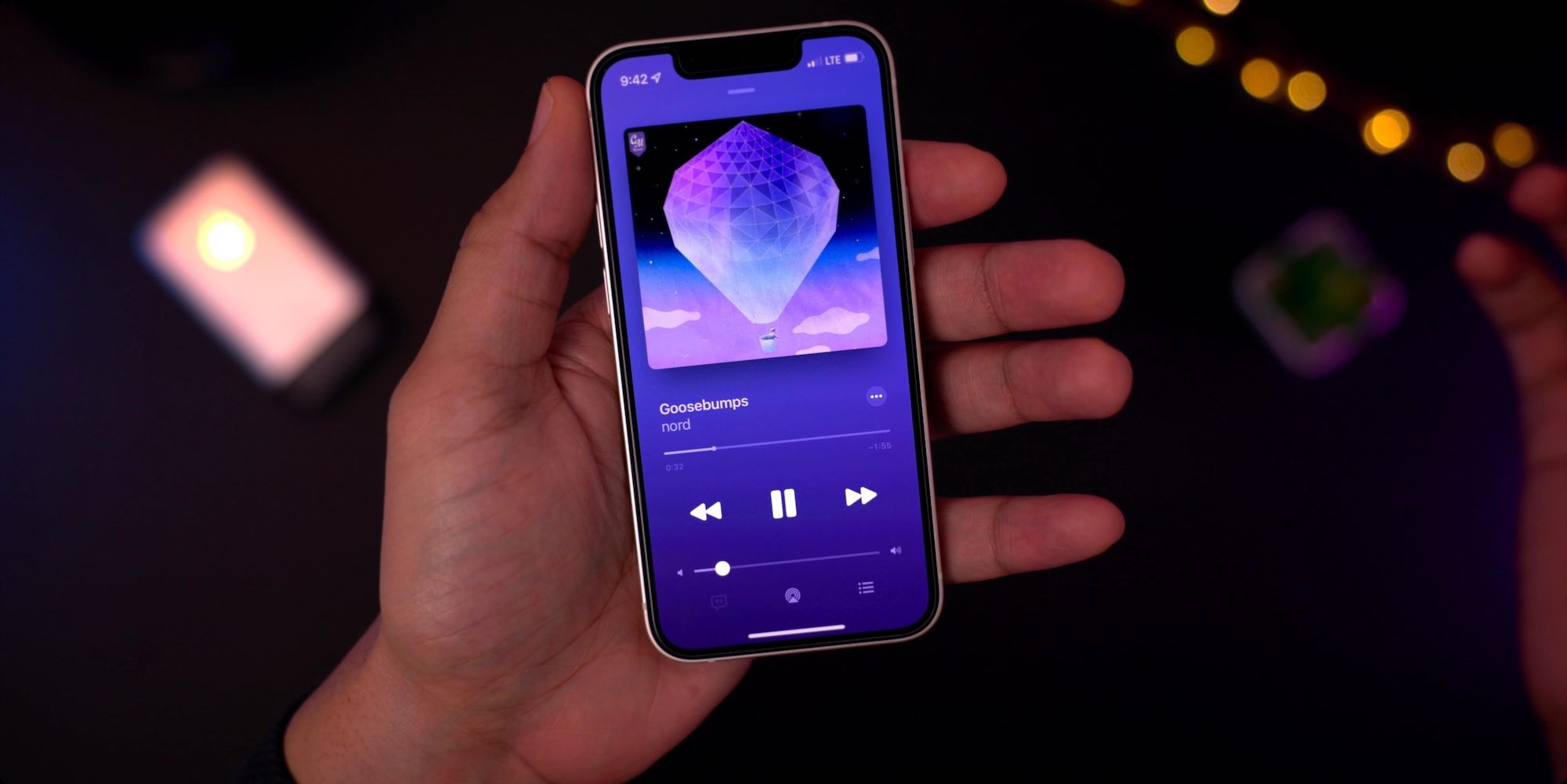
Apple this year introduced four new iPhone models, but the strategy was quite different from previous years. This time, the differences between iPhone 14 and iPhone 14 Pro models are more significant. At the same time, the iPhone mini was replaced by the iPhone 14 Plus – but it seems that this model is just as much of a commercial failure as the mini version. But why is that?
Apple’s strategy with the iPhone
First of all, let’s recap Apple’s strategy with the iPhone in recent years. Since 2017, the company had been introducing three different iPhones. First, there were the mid-range iPhone 8 and iPhone 8 Plus, while iPhone X was the high-end version.
In 2018, there were two high-end models with iPhone XS and iPhone XS Max, but only a single mid-range option, which was iPhone XR. The same happened in 2019 with iPhone 11, iPhone 11 Pro, and iPhone 11 Pro Max. But in 2020, Apple decided to introduce a fourth new iPhone to the iPhone 12 family, which was the iPhone 12 mini.

Compared to its more expensive siblings, iPhone 12 mini has never been considered a huge success. Most customers seemed to prefer large screen phones, and for only $100 more they could buy the regular iPhone 12, which had a larger screen and battery. Apple tried to give the iPhone mini another chance in 2021 with iPhone 13 mini, this time with a slightly larger battery. But that wasn’t enough to drive sales up.
Some people (and perhaps Apple itself) believed that a mid-range, larger-screen iPhone would be more successful than the iPhone mini. And in 2022, Apple killed the iPhone mini and replaced it with the iPhone 14 Plus, which has the same 6.7-inch screen size as the iPhone 14 Pro Max, but for a lower price. But it turns out that iPhone 14 Plus is another commercial failure.
According to multiple reports from industry sources, demand for the iPhone 14 Plus is really low. Reliable analyst Ross Young said that display shipments for the Plus model in December was “close to 0.” So what happened?
It’s not about the size, it’s about the price
Previously, prices for the iPhone 13 mini started at $699, while the regular iPhone 13 started at $799. Those willing to buy an iPhone 13 Pro model had to pay at least $999. When iPhone 11 was launched, it also cost $699 – but it had a big screen and great battery life. Apple used to brag about launching iPhone 12 mini (and 13 mini) for the same price as before, but now customers were getting a much smaller phone with a noticeably worse battery for the same price.
There’s certainly a group of people interested in buying smaller phones. However, when you compare it to the entire smartphone market, paying $700 for a 5.4-inch phone with mediocre battery is not a good deal. But what if Apple replaced it with a larger phone? They did, and yet there don’t seem to be many people interested in buying iPhone 14 Plus.

And the reason is the price. Instead of Apple cutting the entry price of the iPhone 14 to $699 and selling iPhone 14 Plus starting at $799, the regular iPhone 14 still costs $799 (although you can find it for lower prices on Amazon), while iPhone 14 Plus starts at $899. But the thing is, you can get an iPhone 14 Pro for just $100 more, and it offers much more than the iPhone 14 Plus does.
In fact, any other smartphone in the $900 price range offers more than the iPhone 14 Plus. Size is not the problem. It’s the price and what you get for it. And Apple is basically trying to sell a mid-range smartphone with the price of a high-end one.
iPhone 14 is a mediocre update
In previous years, even the mid-range iPhone models had good upgrades and were quite similar to the Pro models inside. But iPhone 14 is a completely different device than iPhone 14 Pro. It doesn’t have the A16 chip, it doesn’t have the new 48-megapixel main camera or even the macro lens, and it doesn’t have Dynamic Island. It’s essentially an iPhone 13 with satellite connectivity.
At the same time, iPhone 14 Plus is a $900 smartphone that doesn’t have a 120Hz display or a telephoto lens to capture photos and videos with optical zoom.

If someone wants to buy a new iPhone and wants to save some money, that person will probably end up buying the regular iPhone 14 or even an iPhone 13. And people willing to pay for a premium smartphone will probably spend $100 more to buy the iPhone 14 Pro. And in that scenario, there is simply no room for the iPhone 14 Plus.
And I’m not saying that the iPhone 14 Plus is a bad smartphone. It’s not. The A15 chip is still faster than most of the competition, the cameras are good, and the battery life is great. But there’s no way that Apple can expect a large number of sales from this device. People spending $900 on a smartphone expect more of what the iPhone 14 Plus has to offer.
Another shift in strategy might be on the way
Top comment by BelgianWaffle
"Apple tried to give the iPhone mini another chance in 2021 with iPhone 13 mini,..."
I'm not sure if they had a choice. iPhone line-ups are set so long ahead of time that by the time it became clear to Apple that the iPhone 12 mini wasn't the success they'd expected, it surely had already been too late to cancel it. Just like it's too late to cancel the iPhone 15 Plus right now for example. Maybe not all of the parts have been made, but Apple orders Xmillion amount of chips, lenses, etc. way ahead of the start of the production of those parts. They have to pay penalties if they end op ordering less of those parts than was agreed to when the price was negotiated. So I really don't think they could've chosen to cancel it. Apple can only tweak the price, packaging, what accessories come with it maybe, etc. months in advance, but cancel the device itself? No way.
According to some rumors, Apple has been internally considering cutting iPhone 15 prices compared to iPhone 14 prices as a response to the low demand for these models. It’s unclear exactly how much Apple will cut from the price, but I imagine something between $50 and $100 less, while the price of the Pro models will remain the same (or even more expensive).
Even so, the company is still expected to introduce an iPhone 15 and an iPhone 15 Plus. And this time the new display design with Dynamic Island is expected to come for all models.
Personally, I think Apple could go back with its iPhone XS and iPhone 11 strategy. Keep the iPhone Pro available in two different sizes and focus on just one mid-range version that costs at least $250 less than the Pro models.
But what about you? What do you think of the iPhone 14 Plus? Let me know in the comments section below.
FTC: We use income earning auto affiliate links. More.




Comments